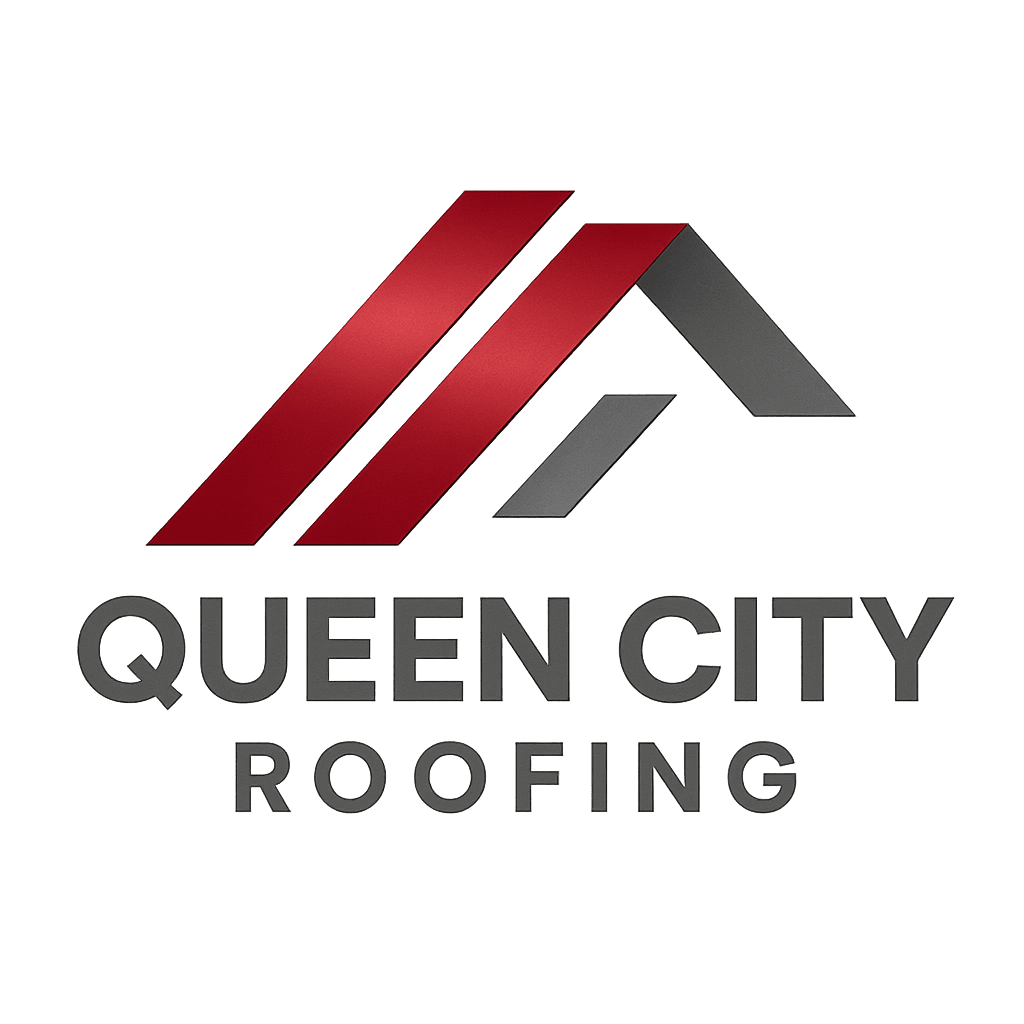Understanding the Lifespan of Roofs in North Carolina's Climate
DP
Understanding Roof Lifespan in North Carolina
North Carolina's diverse climate can significantly impact the lifespan of roofs, making it crucial for homeowners to understand how weather conditions affect their roofing materials. From humid summers to unpredictable winters, each season presents unique challenges. This knowledge helps in making informed decisions about maintenance and replacement.

The Impact of Humidity and Heat
Summers in North Carolina are characterized by high humidity and heat, which can take a toll on roofs. Prolonged exposure to these elements can cause materials like asphalt shingles to deteriorate faster. The heat often leads to expansion and contraction cycles, causing the shingles to crack over time. This is why it's essential to choose roofing materials designed to withstand such conditions.
Winter Weather Challenges
While North Carolina does not experience extreme cold, winter weather still poses challenges for roofs. Occasional snow and ice can lead to ice dams, which can cause water to back up under shingles, leading to leaks and water damage. Ensuring proper insulation and ventilation can mitigate these issues and prolong the roof's lifespan.

Common Roofing Materials and Their Lifespan
Different roofing materials have varying lifespans, influenced by the climate. Some common options include:
- Asphalt Shingles: Typically last 15-20 years but may need more frequent inspections due to humidity and heat.
- Metal Roofing: Can last 40-70 years, highly resistant to weather changes but requires professional installation.
- Wood Shingles: Offer a lifespan of around 25-30 years with proper maintenance, though they can be vulnerable to moisture in humid climates.
Maintenance Tips for Longevity
Regular maintenance is key to extending the lifespan of any roof. Homeowners should conduct bi-annual inspections, ideally in spring and fall, to check for signs of wear or damage. Cleaning gutters, checking for loose or missing shingles, and removing debris are simple tasks that can prevent costly repairs later on.

Signs That Indicate Roof Replacement
Despite the best maintenance efforts, there comes a time when a roof needs replacement. Signs include persistent leaks, extensive shingle damage, or visible sagging. Ignoring these signs can lead to more severe structural damages, so timely action is crucial.
Choosing the Right Roofing Contractor
When it's time for a replacement or repair, selecting a qualified roofing contractor is essential. Look for professionals with local experience, as they will be familiar with the unique demands of North Carolina's climate. Checking references and verifying licenses can help ensure you choose the right team for the job.
Sustainable Roofing Options
As environmental concerns grow, more homeowners are considering sustainable roofing options. Materials like recycled metal or solar shingles not only offer durability but also reduce energy costs and carbon footprints. These choices are increasingly viable in North Carolina's climate.
Understanding the lifespan of roofs in North Carolina's climate empowers homeowners to take proactive steps in maintaining their homes. By considering material longevity, regular maintenance, and sustainable options, you can ensure your roof remains robust against the state's diverse weather conditions.
